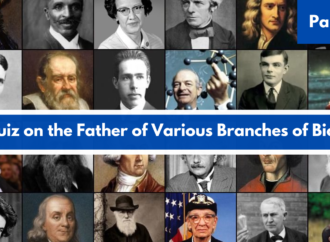Awful silence: On India-China standoff
READ BEFORE YOU PROCEED: D2G wears no responsibility of the views published here by the respective Author. This Editorial is used here for Study Purpose. Students are advised to learn the word-meaning, The Art of Writing Skills and understand the crux of this Editorial.

Meanings are given in BOLD
Nearly a month after the first skirmishes ( Fight ; battle ) on the LAC between Indian and Chinese soldiers were reported, the situation on the ground still appears to be tense. While there has been no official explanation of what has happened there since May 5, the day the first clash at Pangong Tso (lake) was reported, there is enough information to conclude that this is the most serious such standoff ( a deadlock between two equally matched opponents in a dispute or conflict ) India and China have seen in years.
As reported by The Hindu, sources say that the number of Chinese soldiers, the aggression ( feelings of anger or antipathy resulting in hostile or violent behaviour; readiness to attack or confront) with which they have dealt ( be concerned with ) with Indian soldiers, as well as the number of points of conflict, indicate strategised ( devise a strategy or strategies ) action by Chinese commanders. While both governments have been careful to keep the tone of their comments sober ( make or become more serious, sensible, and solemn), the fact that both sides have repeatedly mentioned that talks are on is also proof of an ongoing situation.
A full de-escalation will entail soldiers being able to return to their normal LAC patrols, something military officers say will probably need a high-level political intervention and for the Indian side, an insistence ( the fact or quality of insisting that something is the case or should be done) that Chinese soldiers, who appear to have been the aggressors ( a person or country that attacks another first), returning to positions they previously held.
In the midst ( in the middle of) of these sensitive negotiations, the interventions by the U.S. come as inopportune ( occurring at an inconvenient or inappropriate time) distractions ( a thing that prevents someone from concentrating on something else). The first comment, last week, by a then senior State Department official, accusing China of being an aggressor on several fronts and posing a “threat” to its neighbours, was followed by President Donald Trump’s offer, this week, to mediate between Delhi and Beijing. Neither comment appears to have been made in consultation with India.
India has made it clear that it will not accept Mr. Trump’s offer and has denied ( refuse to give (something requested or desired) to (someone)) his claim that he spoke to Prime Minister Modi on the issue. The government’s first priority now must be to end the current standoff, and then for its senior officials to enter serious talks on LAC demarcation ( the action of fixing the boundary or limits of something). Given all the new infrastructure being built by India, it may also be necessary to negotiate new border management protocols that were last updated in 2013.
The government must also investigate how a big build-up of Chinese soldiers was not acted upon earlier. Beyond this, it must make a full assessment ( evaluation ; judgement) of just what China’s final aims are: is the summer conflagration ( an extensive fire which destroys a great deal of land or property ) meant to deflect attention from Beijing’s current problems over the coronavirus pandemic, to deter ( discourage (someone) from doing something by instilling doubt or fear of the consequences) India from its infrastructural push for roads and bridges to connect its northern frontiers all the way to the Karakoram pass, or to “remind” New Delhi of its geographical vulnerabilities as it contemplates a closer maritime relationship in the Indo-Pacific with the U.S.? In all three scenarios, the first steps for the government would be to publicly clarify the seriousness of the situation at the LAC, and to build consensus around its plans for a firm pushback and an assertion of its position along the disputed ( compete for; strive to win ) line.

















